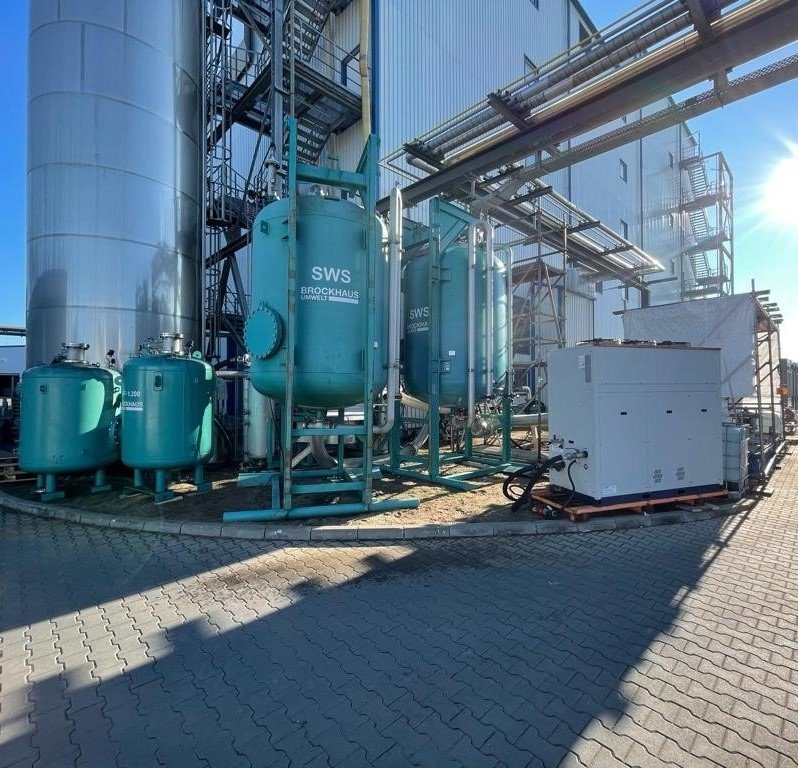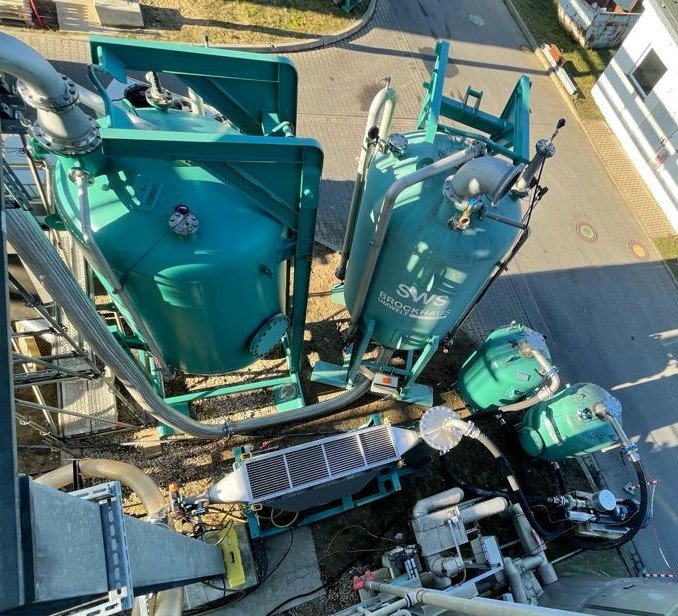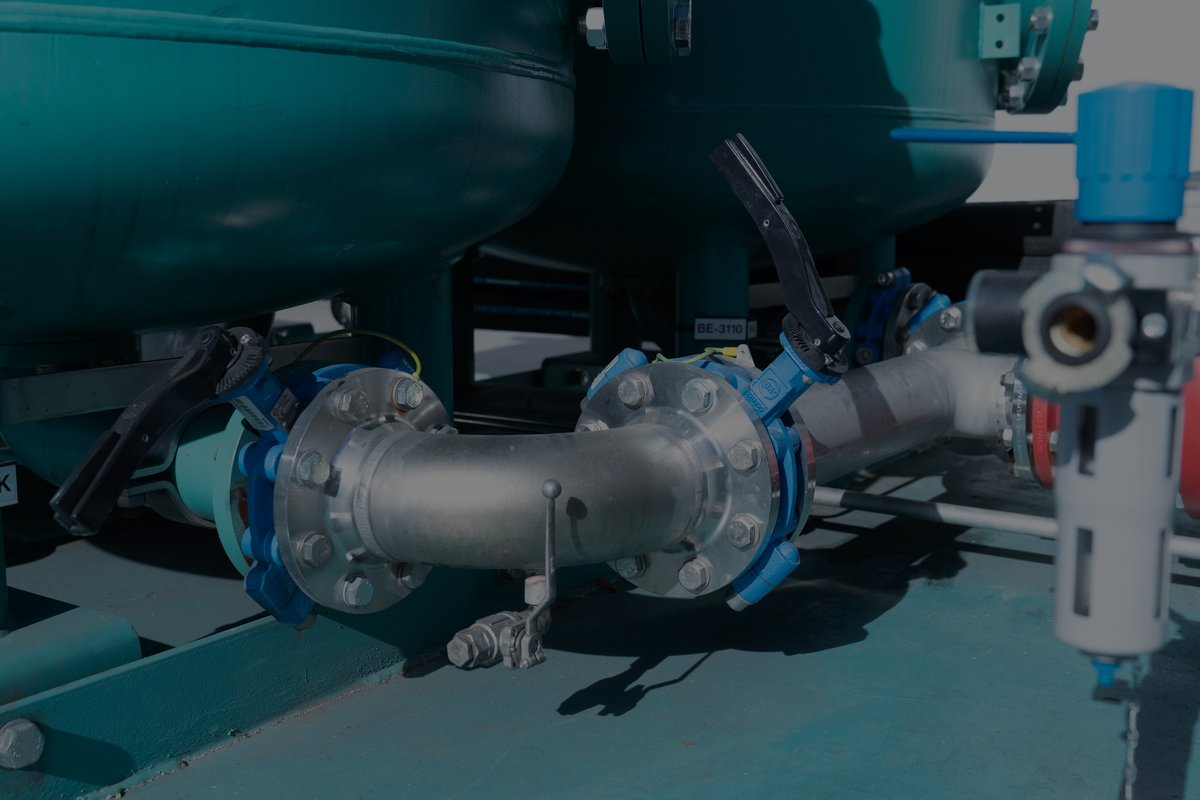Application examples
Initial situation
As part of a campaign for the production of high-performance catalysts, BROCKHAUS was commissioned to purify two exhaust air streams.
The exhaust air was to be cleaned through adsorption.
The substances to be adsorbed included hexane, dipropylamine, and trimethylamine.
The exhaust air temperatures reached up to 80 °C.
The flow rates to be treated were 2,400 m³/h for the first exhaust air stream and 750 m³/h for the second.
BROCKHAUS was tasked with providing a complete solution for odor reduction and ensuring compliance with TA-Luft emission limits.

Application examples
Solution
Two “cleaning lines” were installed:
Application examples
Result
An excellent adsorption capacity of nearly 30 wt.% was achieved.
By connecting the filters in series and integrating VOC monitoring, filter breakthrough could be detected early, allowing immediate filter replacement.
The overall system pressure drop was kept very low thanks to optimized pipe diameters and component sizing, ensuring satisfactory flow rates even with long pipeline runs.
Both exhaust air streams were sufficiently cooled, enabling effective adsorption of pollutants.


